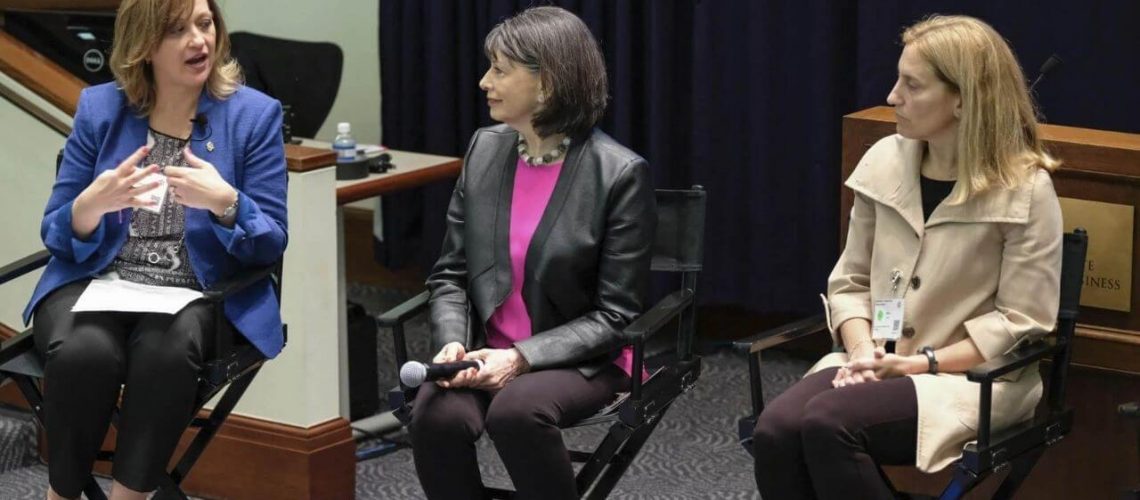As political leaders debate how to restart the American economy, millions are out of work. In the energy industry things are a little more grim. That financial picture is becoming even more dire because of the economic impact of low demand, oversupply, and low prices. Oil and gas companies are feeling the pinch and have started layoffs, furloughs, and other reductions.
And it's not just the fossil fuel industry shedding jobs.
For millions of American households, the COVID-19 pandemic is a financial disaster inflicting a toll on the labor force not seen since the Great Depression. CNBC reports that 15% of the clean energy workforce will fall in months ahead. Consistent with that, last week, Wood Mackenzie said global solar installations for 2020 had been revised down from 129.5 gigawatts (GW) to 106.4 GW, which represents an 18% drop compared to pre-coronavirus levels.
The near-term outlook is not good for a diverse workforce in energy.
UH Energy worked with Pink Petro, among other industry groups, to gather data from a cross section of energy workers. Data was collected from 408 energy workers via an online survey between March 25 and April 1. On average, participants had 16 years of work experience in the industry; 83% worked in the oil and gas sectors, with the remainder split between alternative energy and the power and utility sectors.
Further analysis into gender and ethnicity found that:
- Women in energy are more likely to experience work-family conflict during the COVID-19 crisis than men, but both women and men experience work-family conflict.
- Women were less likely to report having access to employer provided backup care for childcare during COVID-19 than men.
- Women in energy are more likely to experience stress that affects their ability to focus at work than men.
- Hispanic and Asian American energy workers experienced significantly higher levels of work-family interface stress than their white and African American counterparts.
- Asian Americans are much more significantly affected by travel restrictions than all other groups, and indicate to a larger extent that travel restrictions limit their ability to see loved ones and their ability to manage their personal and life issues.
- Asian Americans report higher overall levels of stress than energy workers from other groups due to COVID-19.
According to LeanIn.Org, on average, women are paid 18% less than men in the U.S. They have 30% less money in savings. Two-thirds of minimum wage workers are women—and their jobs are at greater risk as service industries shut down to contain the spread of the virus. And for women of color, just about all those numbers are even worse.
There are silver linings and optimism from some.
Former Secretary of Energy, Ernest Moniz, CEO of the Energy Futures Initiative is optimistic about how leaders could restart the economy by putting a focus on the energy workforce. Moniz argues in his opinion piece to the Hill earlier this month, that we need an energy stimulus program built on the foundation of an “Energy Jobs Coalition” (EJC) to keep the focus on energy infrastructure modernization and job creation through 2021 and a platform for further job growth after that.
"I couldn't agree more with this approach", says Katie Mehnert CEO of Pink Petro. "Energy underpins modern life and its driving the response to the virus. It will be here for the rebound." Join us on April 27, for our event with Melanie Kenderdine of the Energy Futures Initiative as we explore the future of the workforce.





